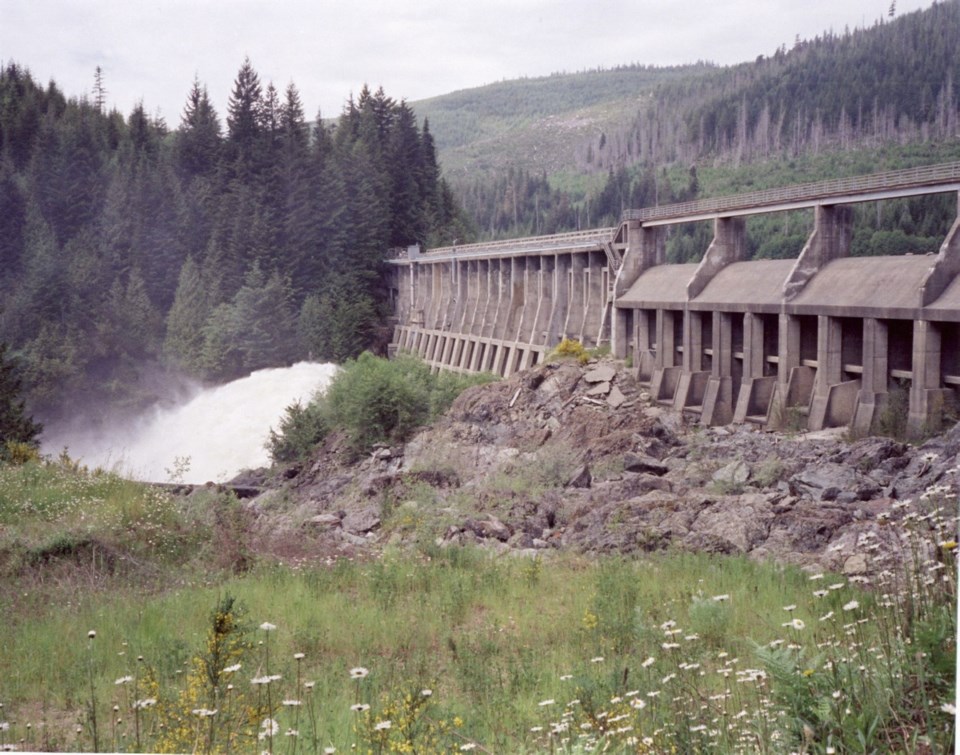The B.C. government has committed to being “net-zero ready” by 2032 and have all new cars sold across B.C. be zero-emission vehicles by 2040. Its incentives for new EV purchases have been so successful, it has trimmed rebates on new orders. Demand in B.C. is outstripping supply. Buyers must wait up to a year to drive away in their hybrid gas-electrics and battery vehicles.
Municipalities are also converting their fleets to electric and hybrid options, and B.C. Transit has committed to turning over its fleet to electric buses over the next 20 years, with plans to start buying only electric heavy-duty buses in 2023.
But electric vehicles are only part of the solution to meet the emissions-reductions targets needed to slow climate change. Other efforts that reduce transportation emissions are necessary — investment in public transit and other forms of transportation, for example.
A transition to low-carbon energy sources is equally important. According to a report by the Pacific Institute for Climate Solutions, the province will need to generate up to 60% more electricity.
It sounds simple.
It’s not. Cleaner energy is not as clean-cut as many might have us believe.
According to the National Energy Board, almost 95% of B.C.’s electricity comes from renewable sources. B.C. Hydro is currently the biggest source of the province’s energy, followed by biomass, natural gas, wind and oil.
B.C. Hydro has taken steps to ensure the province has enough hydroelectricity to power the emerging low-emissions economy, but that has come with controversy. Many people believe the Site C dam wouldn’t be needed if the agency invested the billions of Site C dollars in solar and wind technologies instead.
Other hydro sources — run-of-river dams — punch new access roads into sensitive wilderness areas, with the risks of poaching of wildlife and trees and of human-caused wildfire increasing as a result. They also affect fisheries. In one example, hundreds of pink salmon recently were trapped and died in shallow pools in the Cheakamus River near Squamish when B.C. Hydro, which operates a nearby power facility, lowered river levels.
As for biomass energy, with each passing year, B.C. has less forest of harvestable age. For the past 15 years, salvage from trees killed by mountain pine beetle and other infestations has helped to power biofuel plants. That supply is dwindling. It takes decades to grow a tree to any reasonable or useful size, and using timber that is needed to build homes to make fuel pellets doesn’t make sense.
Compost-fuelled energy plants are coming online elsewhere to help cities deal with residents’ organic trash, energy needs and climate commitments, but the technologies come with their own challenges. One example is Harvest Energy, an anaerobic digestion facility in Richmond. Built to produce electricity from compost, it was fined hundreds of thousands of dollars for air-quality infractions. It shut down last year after just three years, its smell problems unresolved.
The Pacific Institute for Climate Solutions researchers make a case for boosting solar, geothermal and wind power production. But even those gold-star sources have issues. Growth in clean-energy technologies is increasing demand for minerals essential to EV batteries, solar panels, wind turbines, LED lighting and other green tech.
Refining these minerals is dirty, toxic and expensive — which is why we’ve been happy to let developing countries shoulder the burden of mining and refining them. The Congo provides most of the world’s cobalt, and China produces most of its rare earth elements. Neither country is known for human rights or environmental protections.
Many rare earth minerals are found in B.C. Developing them is possible, but will take time, scrutiny and innovative solutions to make it environmentally and financially worthwhile.
Some made-in-B.C. options are in the works for lithium, which is critical for green-tech batteries. One Vancouver-based company is piloting a process to efficiently recycle compounds such as lithium cobalt, lithium nickel, manganese cobalt, lithium manganese, lithium nickel and other high-demand materials from used batteries.
Most of those materials, with the exception of some cobalt, are currently discarded as waste. A B.C. company is producing lithium by cleaning up the oil industry’s wastewater, while another is focusing on developing high-energy lithium batteries that are more efficient, durable, safer and less costly.
With every challenge come opportunities for new solutions.
Here’s hoping that cleaner-cut solutions to clean energy challenges are realized soon enough to make today’s net-zero pledges a reality by deadline.



